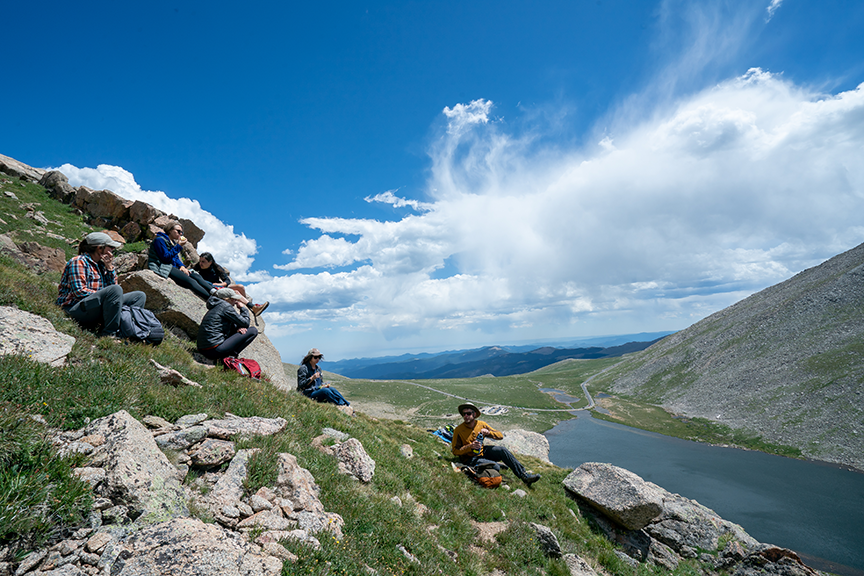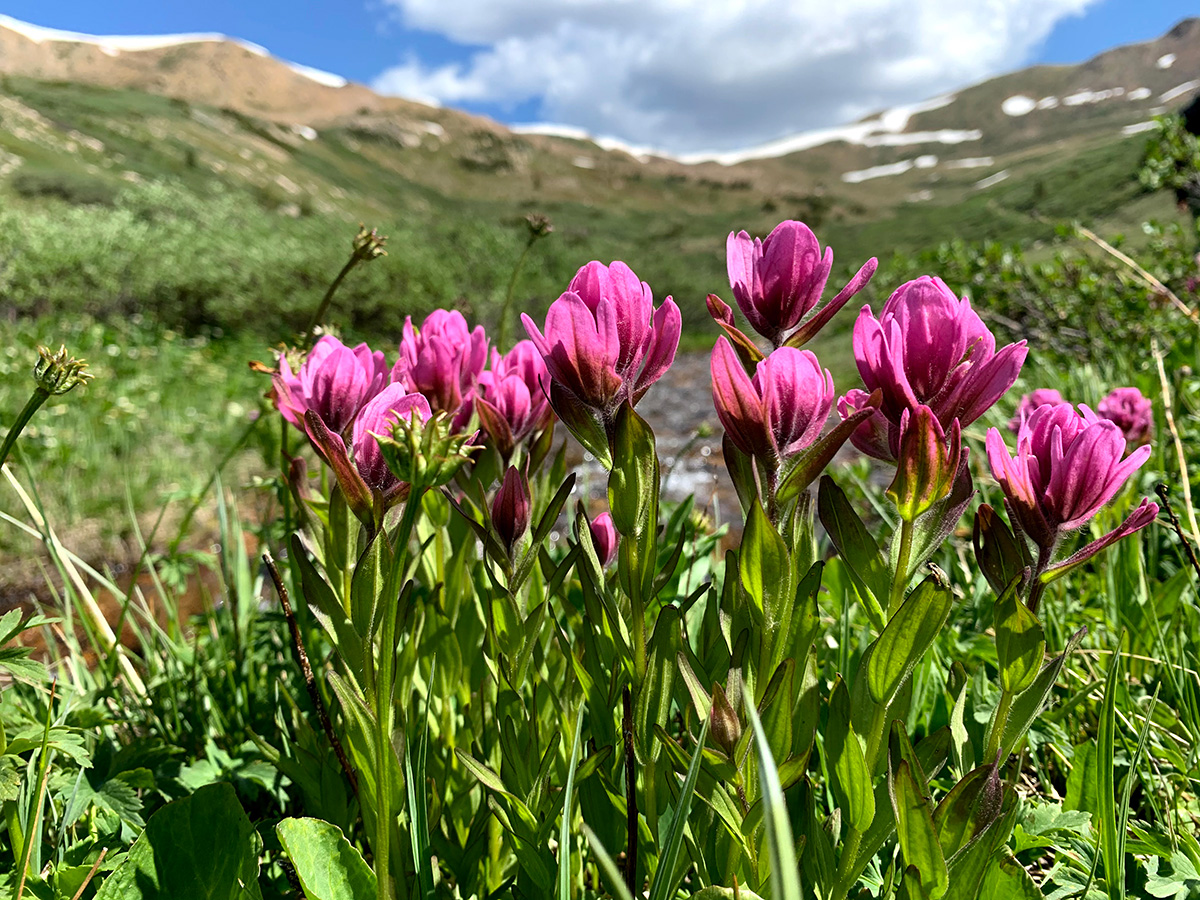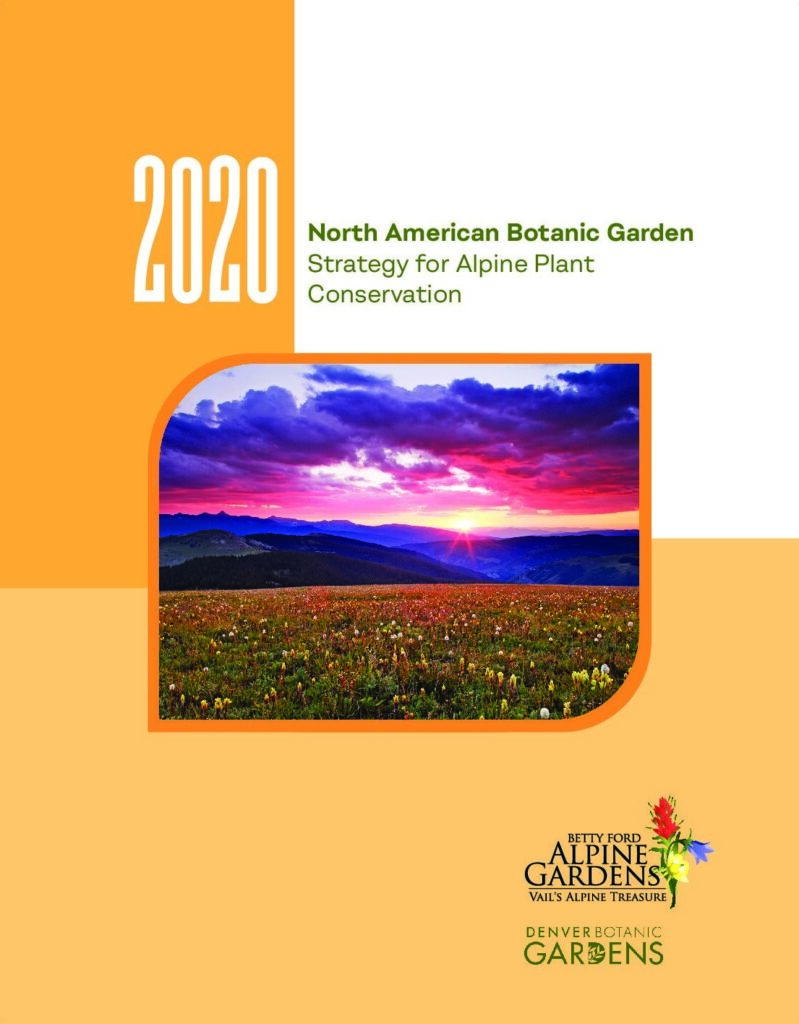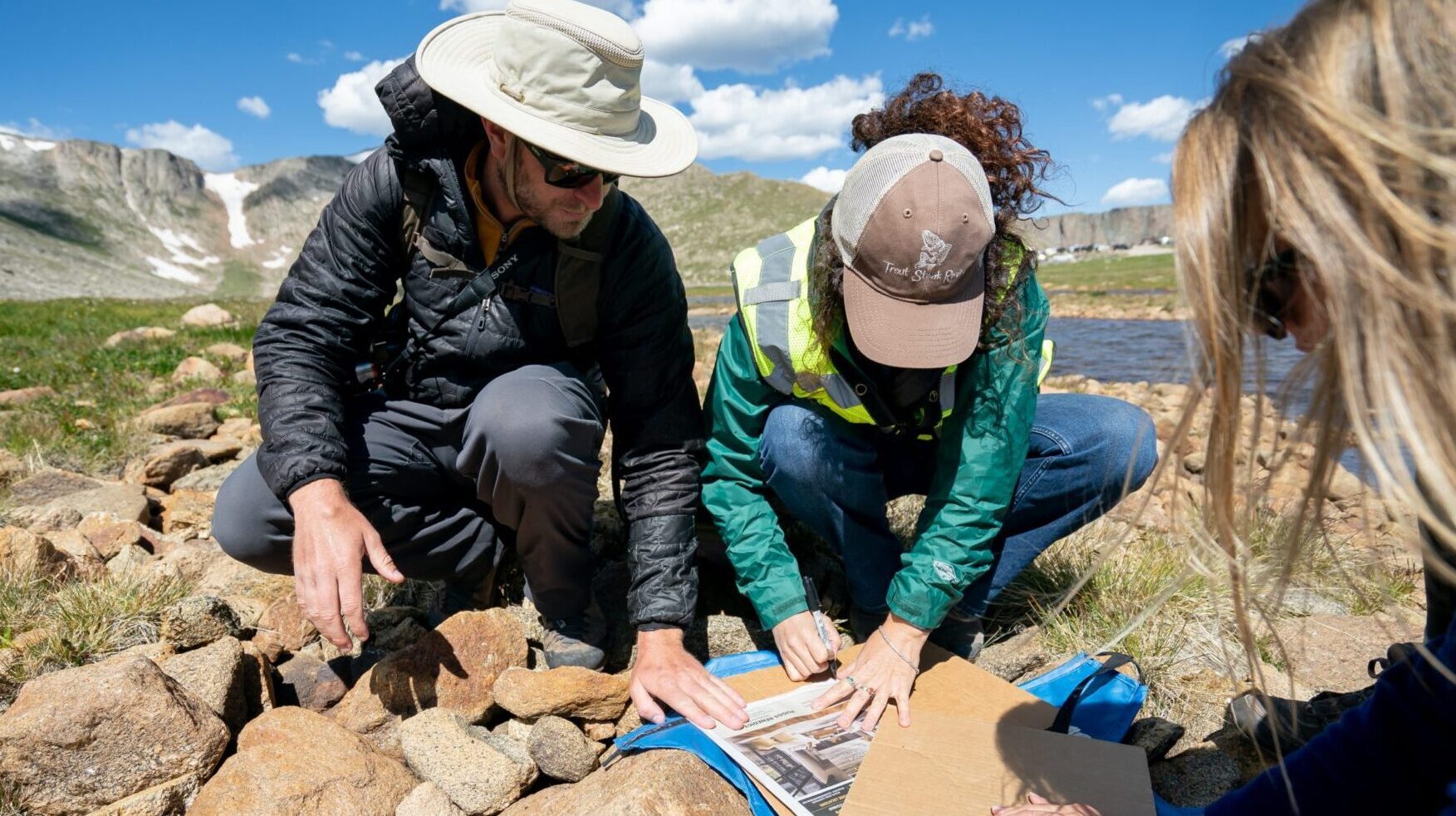PHOTO BY: Todd Winslow Pierce
North American Botanic Garden Strategy for Alpine Plant Conservation
Working to Conserve and Protect the Alpine Environment of North America
The North American Botanic Garden Strategy for Alpine Plant Conservation
The Global Strategy for Plant Conservation (GSPC) was developed due to the need for a global vision to protect plants. The GSPC initiated excitement and rallied conservation organizations and particularly botanic gardens to a joint plant conservation cause. As a result of the GSPC, other strategies, both international and country based, have been developed, all with specific objectives for conserving plants. The North American Botanic Garden Strategy for Alpine Plant Conservation is one such strategy, and was published in 2020.
Objectives & Targets

Explore the 4 objectives and 12 targets that comprise the Alpine Strategy, including updates on progress and final products.
Resources

Learn more about project lets, partners, on-going research, and news items about the Alpine Strategy.
Our Story
The North American Botanic Garden Strategy for Alpine Plant Conservation (Alpine Strategy) is a blueprint for protecting alpine plants and ecosystems in the United States, Canada and Mexico, focusing on the role of botanic gardens in this effort. The strategy is based on two existing templates – The Global Strategy for Plant Conservation (GSPC), first approved at the Conference of the Parties (COP) to the Convention on Biological Diversity in 2002, updated for the years 2011-2020 and the North American Botanic Garden Strategy for Plant Conservation (North American Strategy), written in 2006 and updated in 2016.

The alpine zone encompasses vegetation above the natural high altitude treeline. Plants that inhabit the North American alpine zone are vulnerable to climate change. According to a 2019 special report by the United Nations Intergovernmental Panel on Climate Change and Land, anthropogenic warming is projected to shift climate zones poleward and upward in regions of higher elevation. Worldwide, mean land surface air temperature has increased 1.53oC from 1850–1900 to 2006–2015. The report also states that desertification is expected to increase in semi-arid to arid drylands, including the U.S. Southwest that contains the Rocky Mountain alpine ecosystems. The result will be to lower ecosystem health, including losses in biodiversity. Invasive species are also likely to be aggravated by climate change.
There is evidence of more amplified warming at higher elevations. Significant altitudinal amplification trends were found for mountain locations in the U.S. Rockies and Appalachian Mountains as well as the Asian Tibetan, Loess, Yunnan-Guizhou and Mongolian Plateaus, the Alps of Europe, and the South American Andes. NOAA data indicate that the American West has become 1.4o C warmer over the 100 period from 1908-2007, more than 0.5o C higher than the planet as a whole.
A 100-year study of temperature trends in Western Montana, which includes some Rocky Mountain alpine ecosystems, finds that the rise in extremes and seasonal averages has been two to three times greater than that of the global average. At two high elevation sites in Colorado, temperatures increased an average of 1.2o C per decade over the period from 1983 – 2007.
Scientific observations have found that alpine species abundance, richness, and distribution have been impacted by warming temperatures, resulting in altered patterns of alpine vegetation. For example, 867 vegetation samples from 60 alpine sites in Europe show a decline in cold-adapted and an increase in warm-adapted species. Research in the Italian Alps has found 52 alpine species to have upwardly mi- grated 23.9 meters/decade. There has also been an observed 31-65% decline in abundance of arctic-alpine indicator species being monitored in Glacier National Park, Montana from 1989-2002.

The Alpine Strategy provides a framework for North American botanic gardens to address the environmental and climate change chal- lenges facing alpine ecosystems. It highlights the critical role that botanic gardens can play in research, conservation, and education. The Strategy is intended to encourage plant conservation organizations to contribute to the collective goal of conserving North American alpine plants and their habitats. Additionally, it fosters collaborative rela- tionships among nations in North America, as plant conservation is often not as effective when separated by international boundaries.3 The Alpine Strategy is intended for use by not only botanic gardens, but natural history museums, universities, governments, native plant societies, and any other organization interested in preserving the natural heritage and ecological integrity of alpine zones in North America.
Plant Conservation Efforts
The botanical community is increasingly working to conserve plants and their habitats in the face of continuing loss of plant diversity. Worldwide, between 60,000 and 100,000, or one-third of all plants, are threatened with extinction due to habitat loss, fragmentation, and degradation.1,15 Strategies to address this plant extinction crisis by the botanical community began at the international level with national and regional strategies soon joining global efforts.
The Global Strategy for Plant Conservation (GSPC)2 is the hallmark of global plant conservation strategies. It was adopted in 2002 by the Convention on Biological Diversity and updated in 2012 to bring both awareness and a framework for policy and action to address threats faced by plants worldwide. The GSPC provides concrete global goals and objectives for plant conservation while also encouraging individ- ual nations to develop their strategies to support the overall protection effort. This emphasis resulted in the North American Botanic Garden Strategy for Plant Conservation in 2006, updated in 20163, that laid the foundation for the protection of plants in North America.
Motivated by concern for alpine plants and their stewardship, representatives of a diverse group of botanic gardens (Betty Ford Alpine Gardens, Denver Botanic Gardens, Canada’s Royal Botanic Gardens, Botanic Gardens Conservation International, and the Memorial University of Newfoundland) and the United States Forest Service joined together in 2010 to specifically address the conservation of alpine plants in North America. Its completion is presently being led by Betty Ford Alpine Gardens and Denver Botanic Gardens.
The more specific emphasis on alpine habitats of the Alpine Strategy is considered within the broader frameworks of the GSPC and North American Strategy and is seen as complementary to their goals and objectives. The Alpine Strategy notably places a stronger emphasis on in-situ conservation as a higher priority for alpine species, supported by ex-situ efforts because of the anticipated impacts on natural habitats from climate change and other environmental factors.


